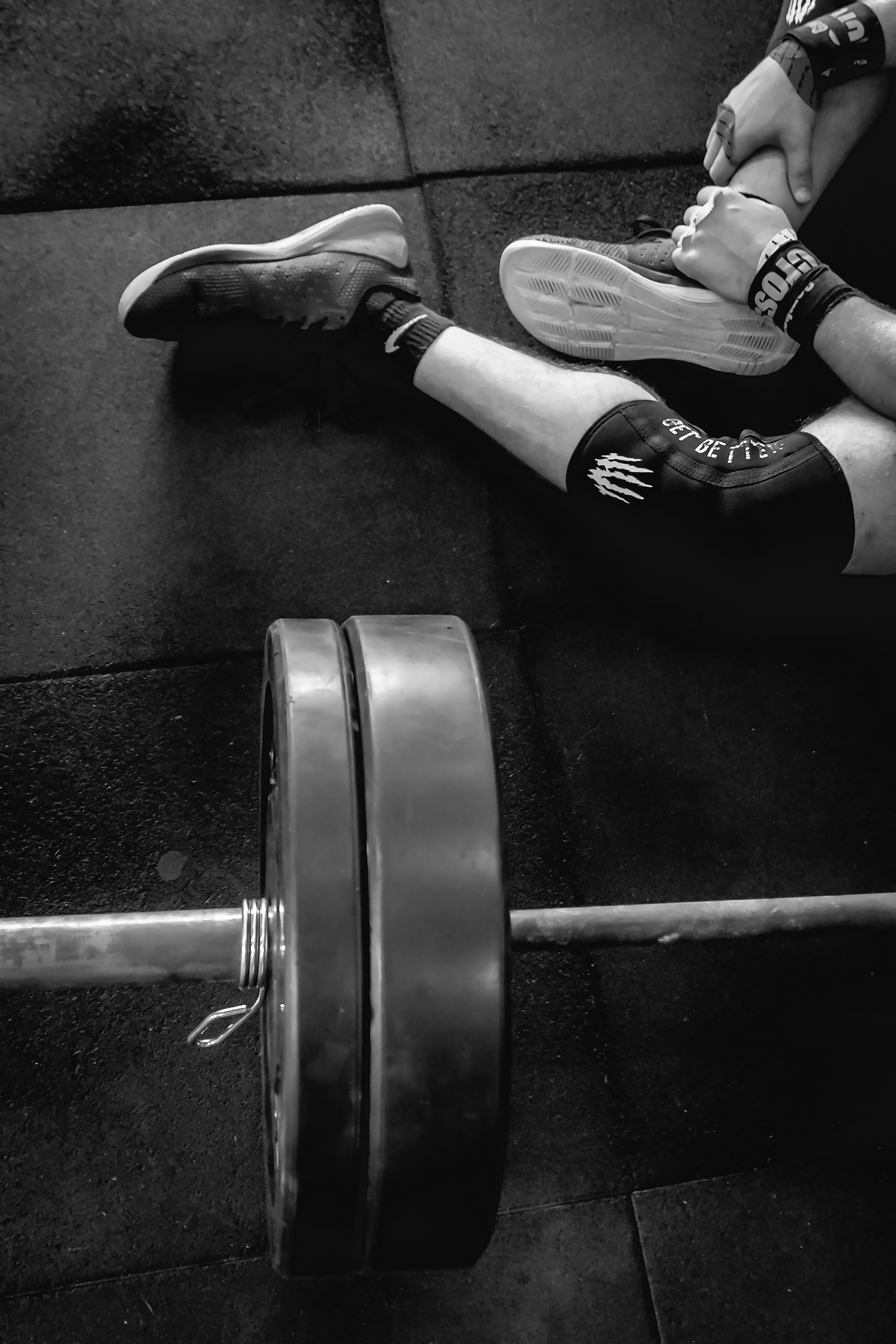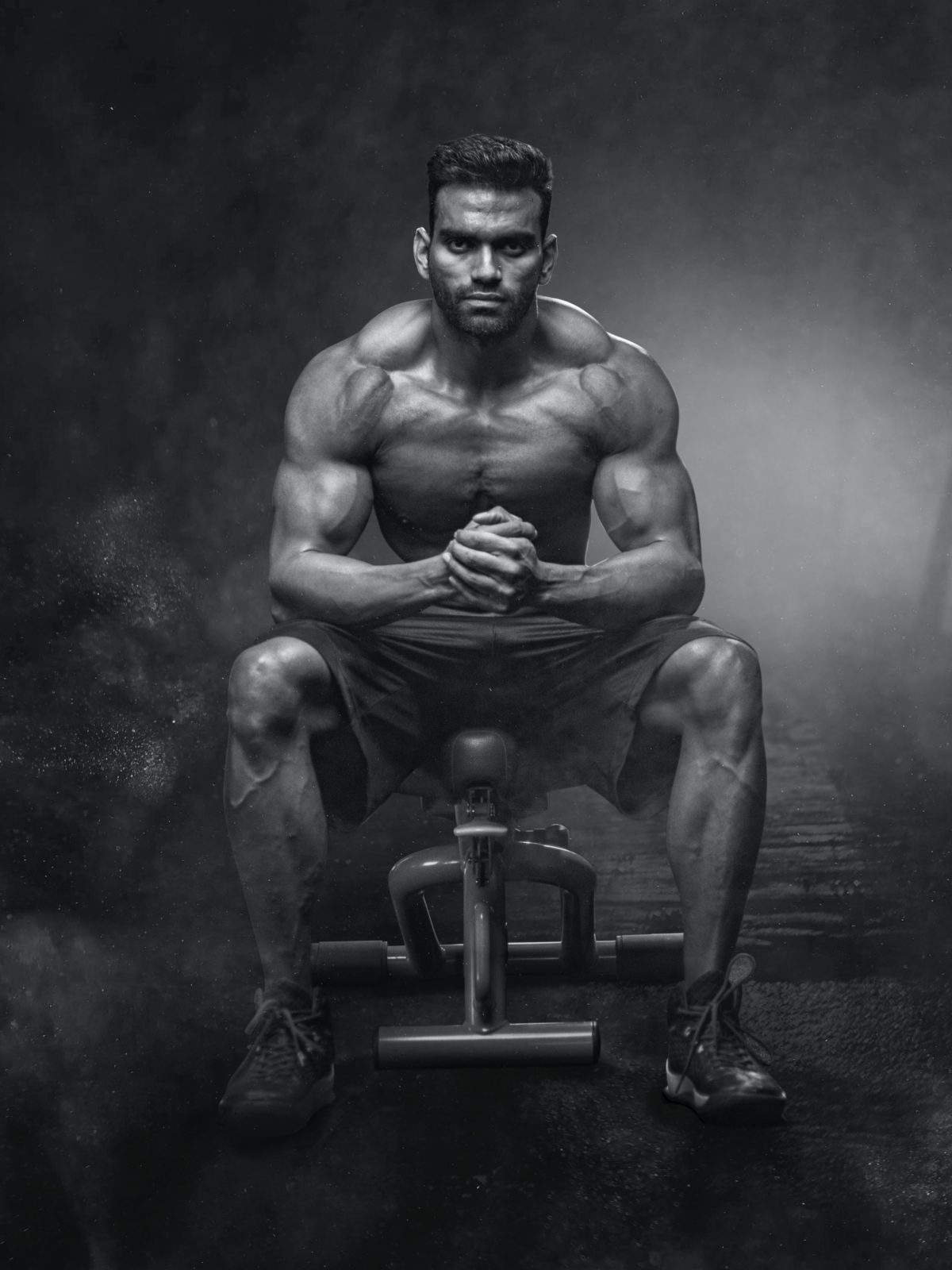We all know that getting injured at the gym really sucks, and can be especially common if you’re weightlifting after 50. A painful tendon or pulled muscle can keep you out of action for weeks. When weightlifting hurts your joints it’s particularly nasty, and can impact your performance for months. So much hard work and progress can all be undone in an instant.
It may seem like weightlifting, particularly weightlifting after 50, is bound to cause some damage. All that heavy lifting is sure to put stress and strain on your body, right?
Well, kind of. Like any exercise, weightlifting is attached to a risk of injury. However, evidence indicates that weightlifting actually strengthens your joints.
For instance, this study compared the joint health of 25 weightlifters against non-weightlifters. The researchers found that the weightlifters had healthier, or as healthy, joints as their non-lifting peers of the same age.
So, you don’t need to worry too much about weightlifting hurting your joints. It’s never a bad idea to take steps to decrease the risk of injury, though. Here are some ways to make sure you avoid getting hurt:
Warm Up And Cool Down
Warming up your joints before exercising is a key part of preventing injury. Cold joints are injury prone, because they’re not very good at handling shock and impact. Warm joints are much more receptive of stress.
At the other end of your workout, you should cool down with some light cardio and stretching. This slowly brings your heart rate back to a normal resting range, which is important for healthy and even blood flow.
Stretch
Stretching helps keep the joints limber. Taking time to stretch promotes healthy blood circulation. It speeds up the healing process after muscles begin breaking down, which also prevents next-day soreness.
You can finish up your workout with a few minutes of dynamic stretching. Try lunges, yoga poses and leg swings as a starting point.
Many people also like to work foam rolling into their stretching time. Using a foam roller to pinpoint spots on muscles can loosen tight tissue, improving blood flow. Again, this helps your muscles to recover from the workout faster.
Keep Good Form
This is the most crucial aspect of preventing weightlifting from hurting your joints. Proper form is key when lifting anything heavy – even just when you’re carrying groceries.
Keeping good form is particularly important when performing heavy compound lifts such as squats, deadlifts and bench presses. When dealing with such heavy weight, you risk serious injury if just one part of your body isn’t aligned correctly.
If you’re unsure of your form, any trainer in the gym will be happy to take a look and give you some tips. This will not only help you perform your workout safely, but also give a boost to your performance and fitness progress.
Work Deload Weeks Into Your Routine
A deload week is a week when you still go to the gym, but you go easier on yourself than usual. Your workouts should be much easier during a deload week, whether it’s because they’re shorter, the weights aren’t as heavy, or you’re doing less sets.
This gives your muscles a chance to relax and heal to prepare them for the next phase of your training. Many people do a deload week every fourth week. If this is right for you depends on how often and how hard you usually train.
I Have Hurt My Joints! What Do I Do?
Unfortunately, while you can take steps to minimize risk, there’s no guaranteed way to prevent injury. If you do get hurt at the gym you should apply ice to the affected area and then wrap the affected body part in a bandage. You can take over the counter medication to deal with pain.
The most important part of recovering from weightlifting hurting your joints is resting until it heals. You will likely need to take a break from exercise. Yes, this is a bit miserable, but you need to take your time to heal. If you get back into the gym too early, you risk making the injury worse.
What About Weightlifting Above 50?
If you’re creeping past middle age, you probably feel more concern about your bone, joint, tendon and general health than you used to. Luckily, weightlifting above 50 is a great way to keep healthy, strong and in shape.
Humans lose muscle as they age. This process is called sarcopenia. However, exercise helps to combat this. Weightlifting will keep your metabolism healthy and decrease your risk of falls. There is also plenty of research to indicate that weightlifting is a great treatment for osteoarthritis.
Weightlifting in your golden years is a great way to stay in shape and improve your quality of life. If you remember to warm up, cool down, stretch, keep good form for your exercises, and take deload weeks, you’ll find there are many more physical benefits than risks for weightlifting. Exercise is a crucial way to keep healthy well into your life.




